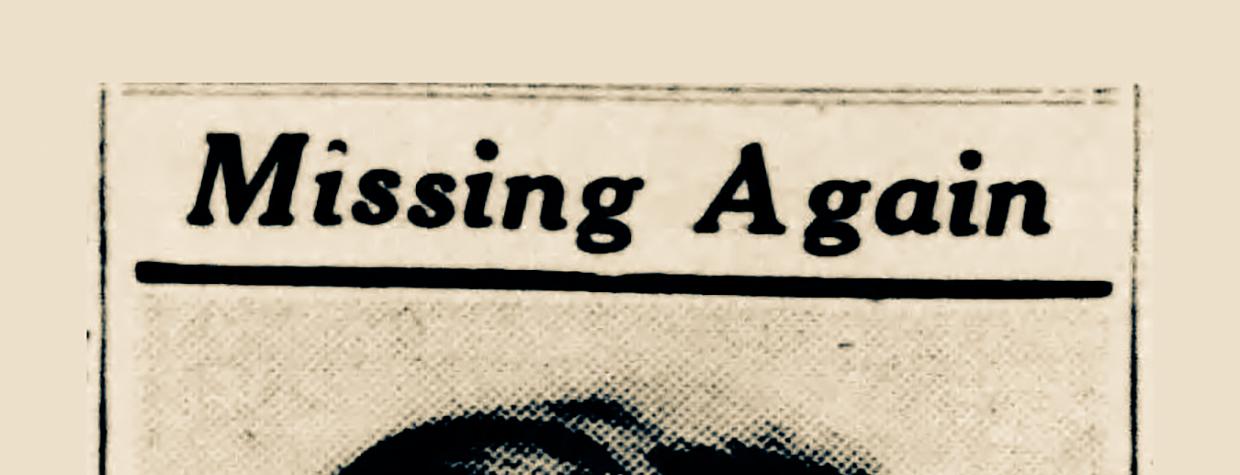Between 1931 and 1936, Harry Jarrett turned up in Atlanta, in El Paso, in New Mexico and under a house. That was noteworthy because he was supposed to be doing time in a state prison. But Jarrett, perhaps the most prolific escapee in Arizona history, evidently had a case of wanderlust that neither cell bars nor prison walls could contain.
Jarrett already had a lengthy criminal record in May 1931, when he was sentenced to life in prison for his part in the murder of a Phoenix pharmacist. Incarcerated at the Arizona State Prison in Florence, he soon became a “trusty,” a term for an inmate deemed honest enough to be given special privileges.
That designation was a mistake. In December of that year, Jarrett and two others disabled the lighting system and scaled the outer wall in darkness. His accomplices were quickly captured, but Jarrett eluded authorities until May 1933, when he was arrested in Atlanta and extradited back to Arizona.
But Jarrett was just getting started. That September, he escaped again, leading to his photo appearing on the front page of The Arizona Republic (pictured). He made it as far as El Paso before being caught. At the time, prison officials promised to give Jarrett “plenty of work” to keep his mind off further escape attempts. That seemed to do the trick. For a while.
Then came February 1936, when Jarrett again scaled the prison wall with two accomplices. That short-lived flight ended with Jarrett cornered under a house by members of the Florence High School basketball team. Then, in October, he concealed himself in a departing garbage truck before hitchhiking to Tucson and boarding an eastbound freight train.
Apprehended in Carrizozo, New Mexico, four days later, Jarrett hardly seemed contrite. “They don’t know what to do with me back there,” Jarrett said with what the Associated Press described as a toothless grin. “Guess they will have to put me in the gas chamber, and I don’t care if they do.”
But prison officials took a different tack — and, eventually, so did Jarrett. By 1940, the guards had cut off his preferred escape method, the garbage truck, by putting him in charge of loading cans onto the truck, ensuring he couldn’t conceal himself in one of the cans. And in early 1944, Jarrett, by then described as a model prisoner, decided to seek his freedom the legal way: by asking for a commutation of his sentence. Just before Christmas, Governor Sidney P. Osborn obliged, making Jarrett a free man.
What happened to Harry Jarrett after his release is not known. It seems appropriate that, at least in Arizona newspaper archives, his name escapes mention.

